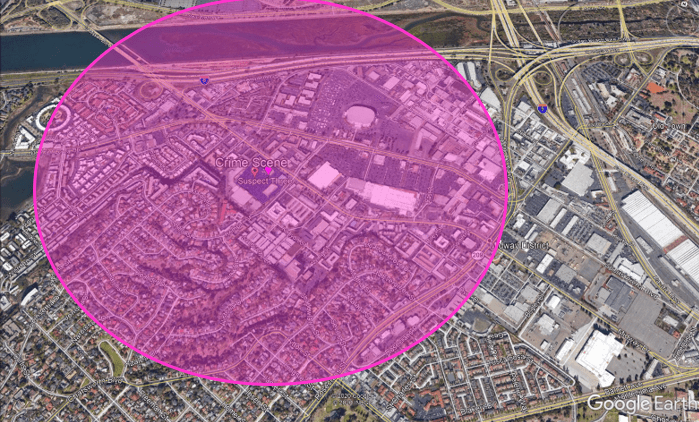Over the last few years, Criminal Investigators have increased their usage of data posted on and collected by Internet Service Providers (ISPs) to aid in their investigations. This can range from the use of posts made by suspected criminals themselves to location data aggregated by companies like Google. Use cases have also been seen of the data from Amazon’s Alexa home devices, Ring Doorbell Videos and the “infotainment” systems that come standard in most new vehicles.
By and large, the collection and use of this data by Law Enforcement requires the application for and approval of a search warrant or subpoena. In fact, there are Federal laws in place that allow local and state level courts to obtain this information even if the ISP isn’t located within the jurisdiction of that specific court1.
The fastest growing use of warrants for data collected by ISPs is for the location of specific devices OR the devices located in a specific area at or around the time a crime was committed. Nothing has grown faster than the Google Geofence search warrant. This warrant is usually written in two or three phases and helps Investigators narrow down a list of potential suspects based on the mobile devices located within that specific area during a specific timeframe. The first phase of the geofence warrant will require a request for the anonymized data from the geographic area within the specific timeframe. Once that information is returned to the investigator, correlations can be made and more specific account information can be requested in phase two. The information returned in Phase 2 can then lead officer (in some cases) to request an additional warrant be issued for the data and account information for a specific user account or phone number.
Even with all the steps involved in obtaining this information, the Geofence data is an extremely powerful investigative tool. In fact, the number of geofence warrants that have been submitted to Google has risen from 982 in 2018 to 11,554 in 20202. The numbers, when reported, for 2021 are likely to be much higher. Google has stated that the Geofence Search Warrants now account for upwards of 25% of all of the data requests/search warrants processed by the company.
Finally, the courts are just now beginning to weigh in on the geofence warrants. The data is being collected, by agreement with the account holder and for commercial purposes by carrier. With the request by Law Enforcement to use this data for criminal investigations, Fourth Amendment considerations come into full view. A federal judge in Virginia ruled in March that a geofence search warrant was unconstitutional due to the fact that the cell phone data of many people NOT associated with a bank robbery under investigation had their data revealed to Law Enforcement.3 This ruling will certainly be appealed, but the outcome is far from certain. Some in the Law Enforcement community view a Geofence warrant as being no more intrusive as a CCTV camera in a bank while others at the forefront of the digital privacy fight agree with the ruling.
How this ruling eventually comes out is very likely to determine the accessibility and usability of the petabytes of data that are currently being collected, stored and aggregated by Big Tech and the social media carriers. Check back soon for more information as we continue to follow this story.




